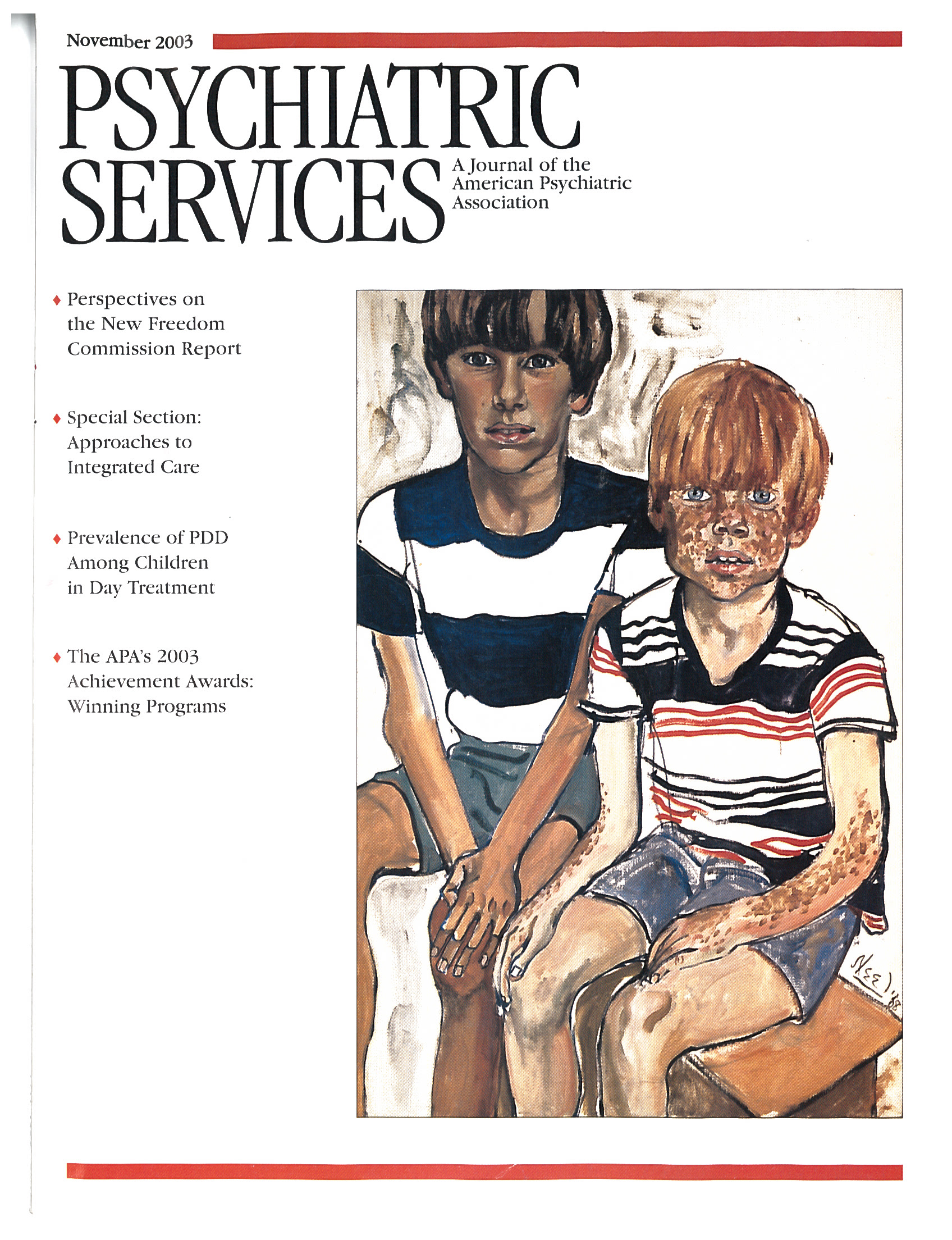Integration of Care: Integrating Psychotherapy and Pharmacotherapy to Improve Outcomes Among Patients With Mood Disorders
Abstract
A number of studies have demonstrated comparable benefits of psychosocial interventions and pharmacologic treatments in subgroups of patients with mood disorders. The two treatment modalities are often combined in clinical practice. However, concerns about the costs of health care are paramount. For the optimum but judicious use of resources, it is valuable for mental health professionals to know the indications for and evidence pertaining to the efficacy of combined treatment. The authors demonstrate that a reexamination of existing research data in light of the recent advances in understanding of the design of clinical trials reveals a systematic underestimation of the benefits of combined treatment for certain subgroups of patients. Existing studies of combined treatments need to be reexamined in light of information about design sensitivity, ceiling effects, and nonspecific placebo effects. The authors summarize by arguing for a new generation of adequately powered investigations of efficacy, which they believe is necessary before the issue of cost-effectiveness can be properly addressed.



